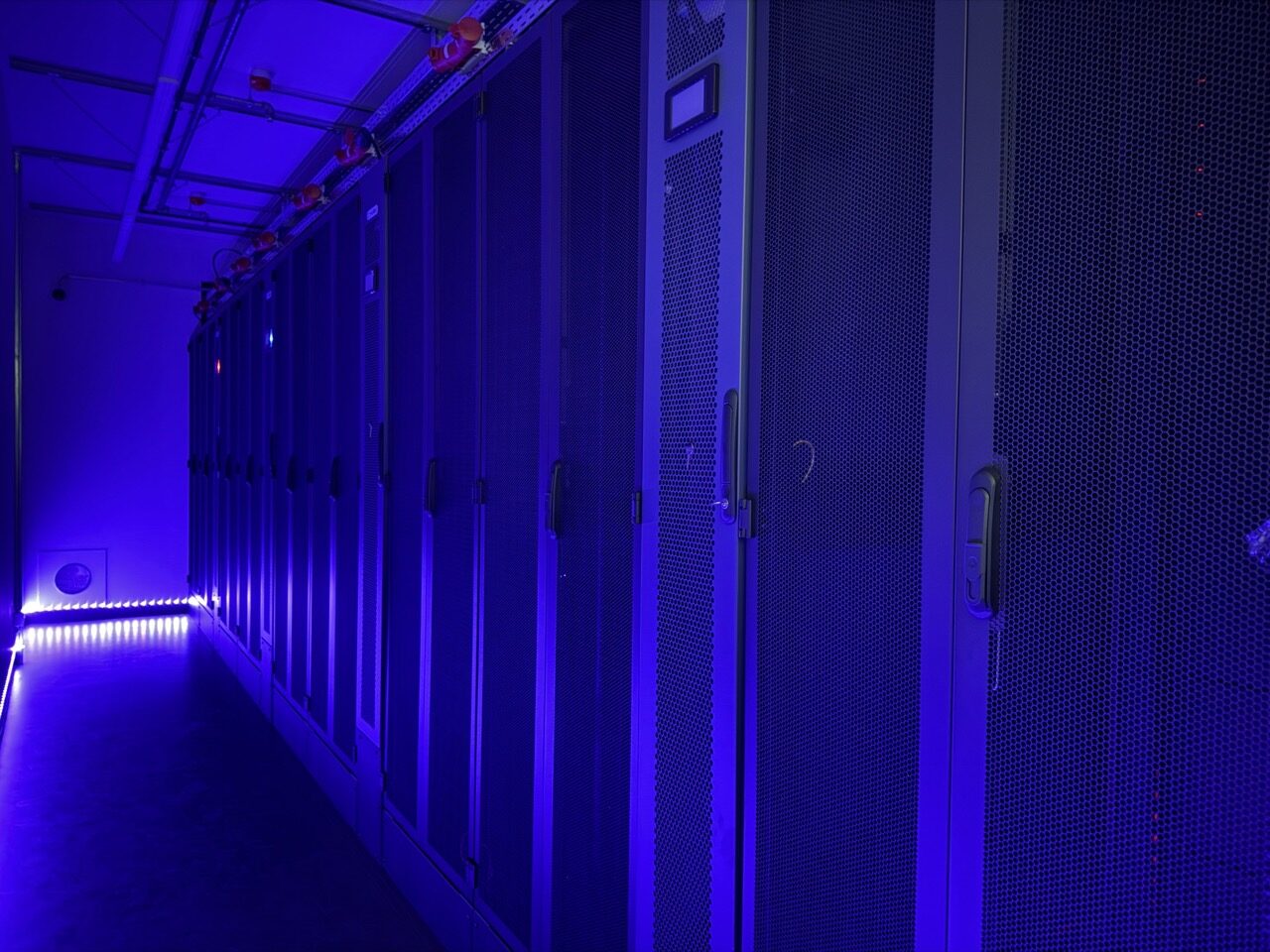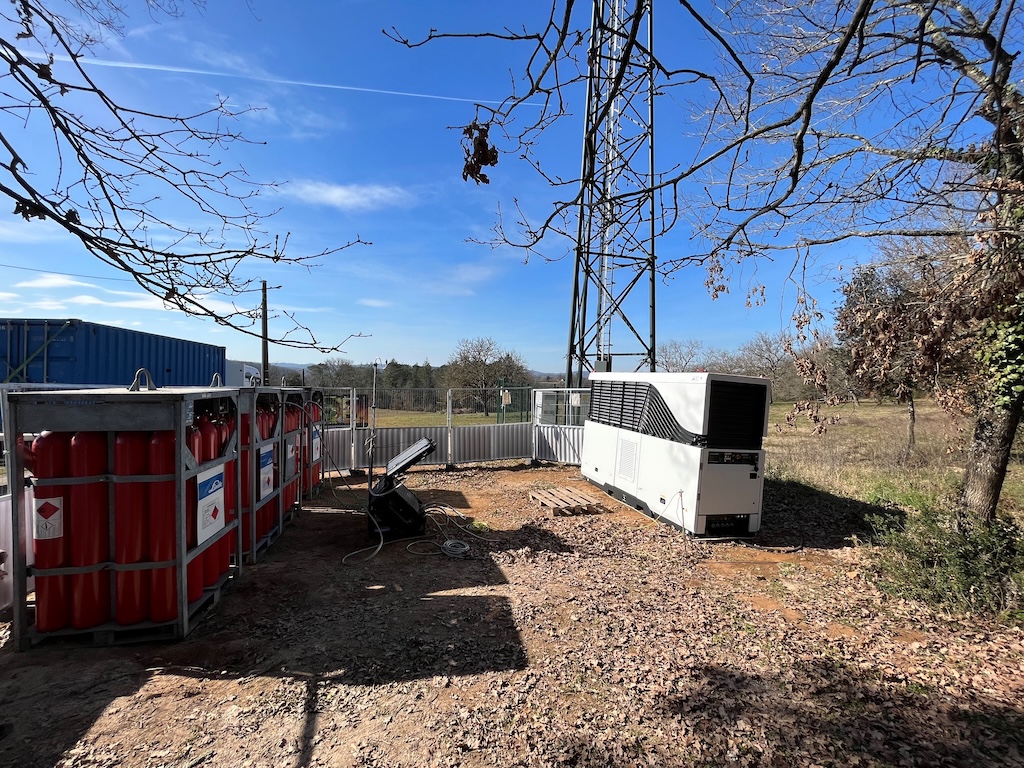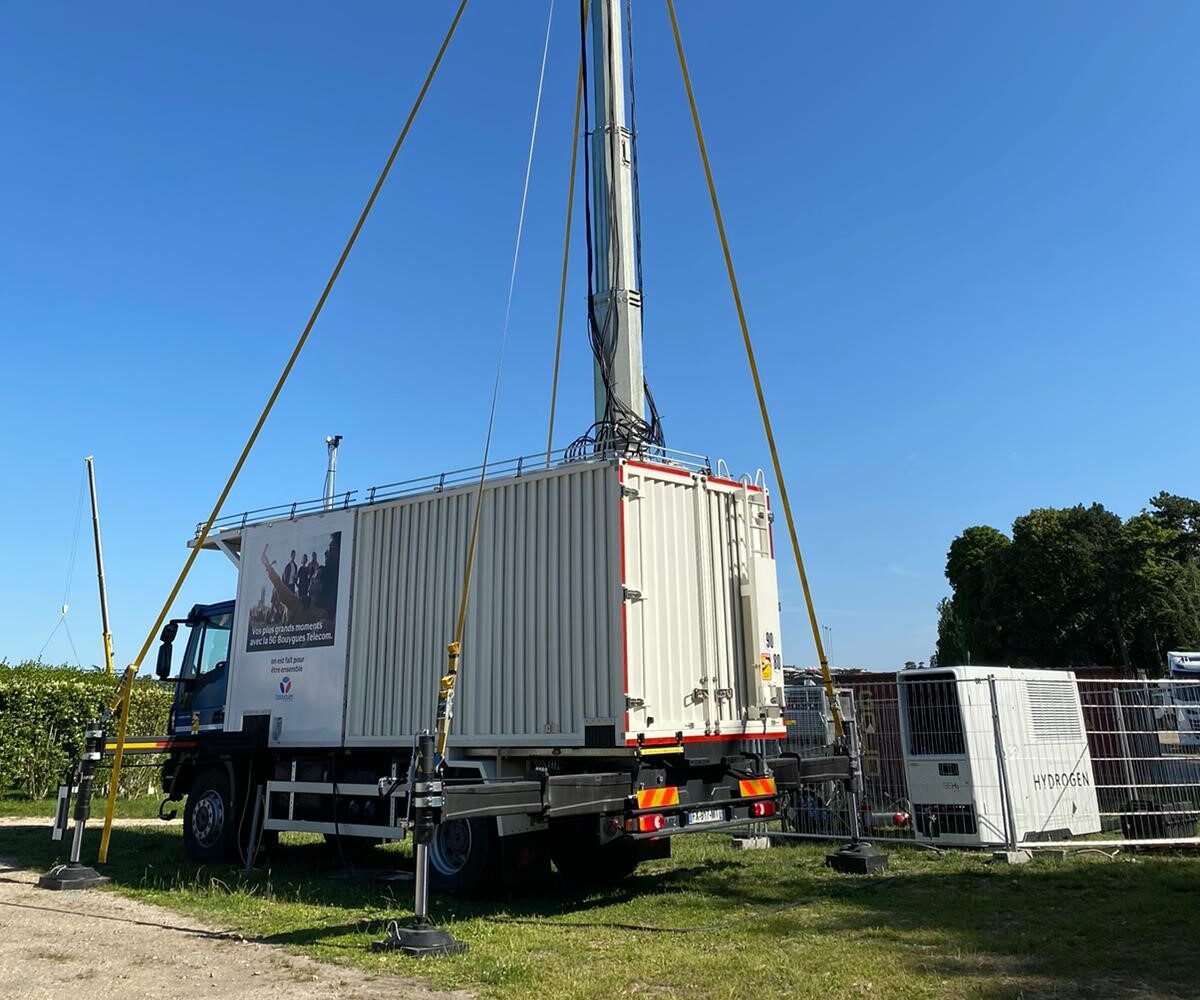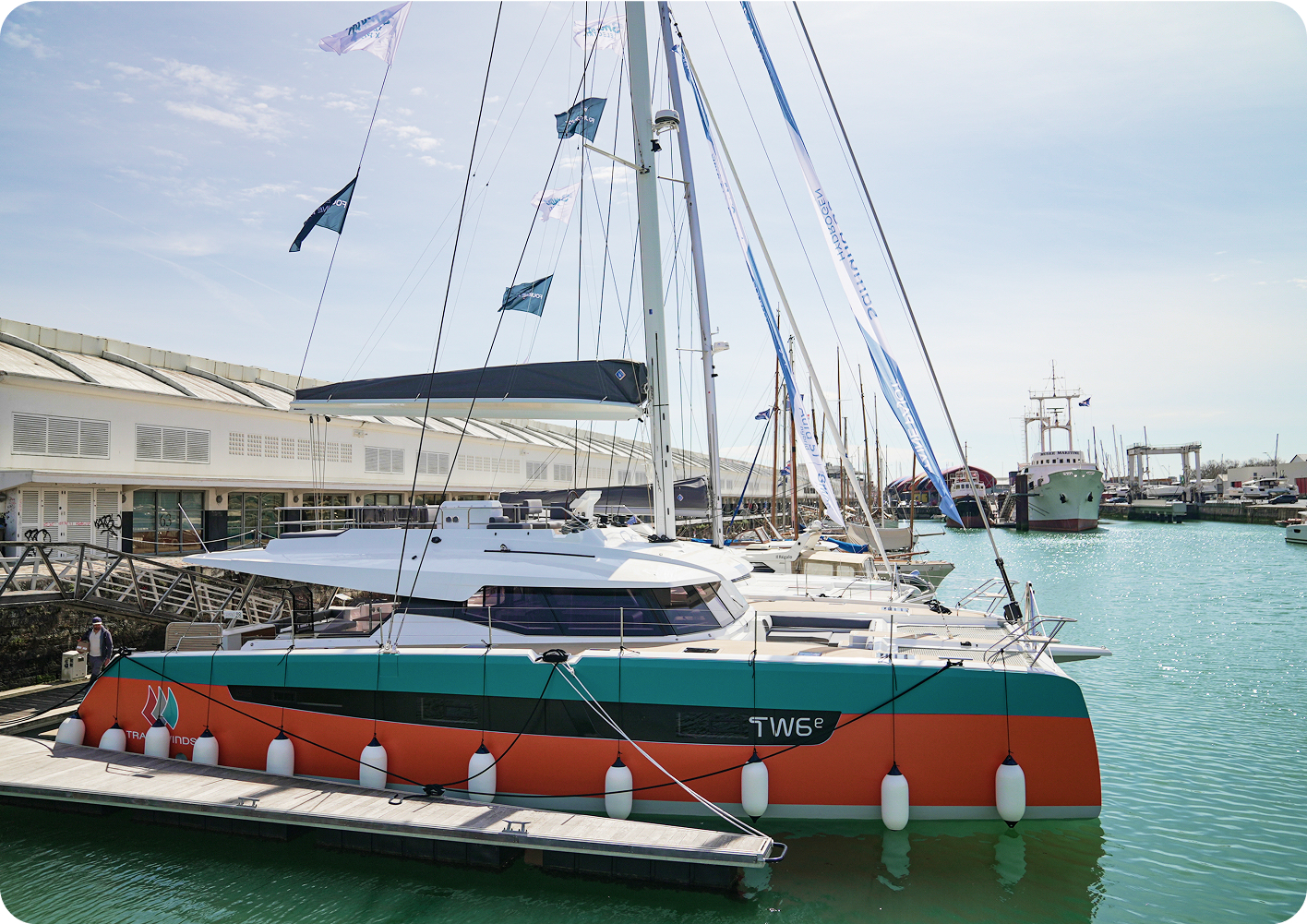A certified vessel
As well as being a reliable, high-performance and proven solution, the REXH₂ is also one of the few to be certified by Bureau Veritas. ALBA is the only hydrogen-powered vessel in Europe with this level of guarantee.
State-of-the-art equipment
Equipped with the very latest generation of Toyota fuel cells, ALBA is powered by two REXH₂ combined with a battery system. With a capacity of 350 kWh, these 8 batteries, developed by Alternatives Energies, help propel the ship and power the onboard instruments.
Key Figures
460 kW
of electrical capacity
10h
autonomy at 10 knot
75kg
of hydrogen on board
Training for transition
This training ship, owned by the Lycée Maritime de Bastia, gives students practical experience on state-of-the-art equipment, while raising their awareness of the need to preserve marine ecosystems and preparing them for the challenges of seafaring professions.
A modular system for decarbonisation
ALBA is not EODev’s first attempt at navigation and zero-emission systems. This project echoes its mission to accelerate the energy transition. After being integrated into the Energy Observer, on Fountaine Pajot’s Samana 59 catamaran and on a Chase Boat, the REXH₂ is once again proving that its modularity makes all the difference. Thanks to its ‘Plug & Play’ function, it can be adapted to all types of vessel and system configuration to offer maximum flexibility.
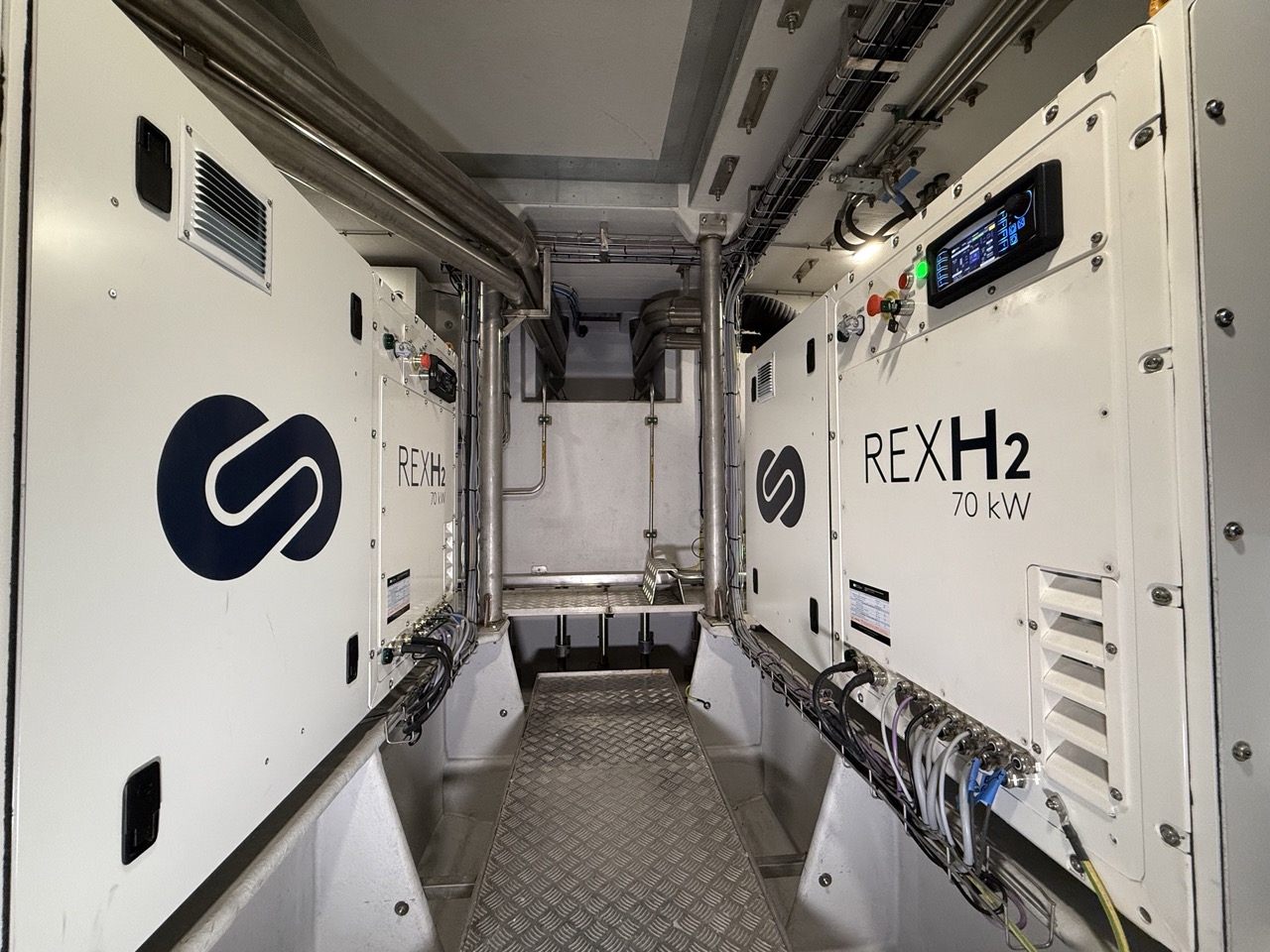
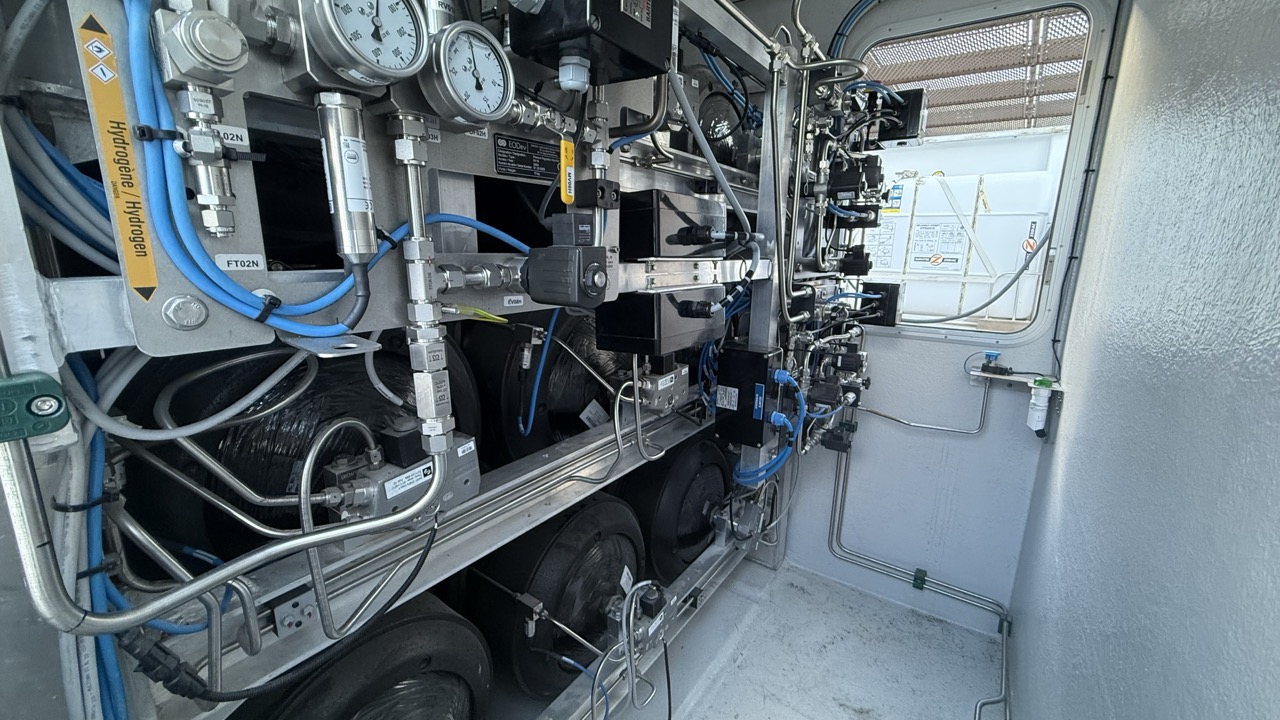
Hydrogen storage and refuelling
With 9 hydrogen storage tanks, each with a capacity of 8.4kg, ALBA can plan long trips at sea without the need for refuelling. Entirely developed and integrated by EODev’s teams, the storage system includes 350-bar storage tanks and a custom-made platinum system to best suit the configuration of this fishing vessel.
“We wanted to make the energy transition one of the core values of the training given to our students, which is why we chose hydrogen as the answer.”
Julien Cometto, Directeur du Lycée Maritime et Aquacole de Bastia
Retrouvez l’ensemble du projet à travers cette vidéo de présentation.



